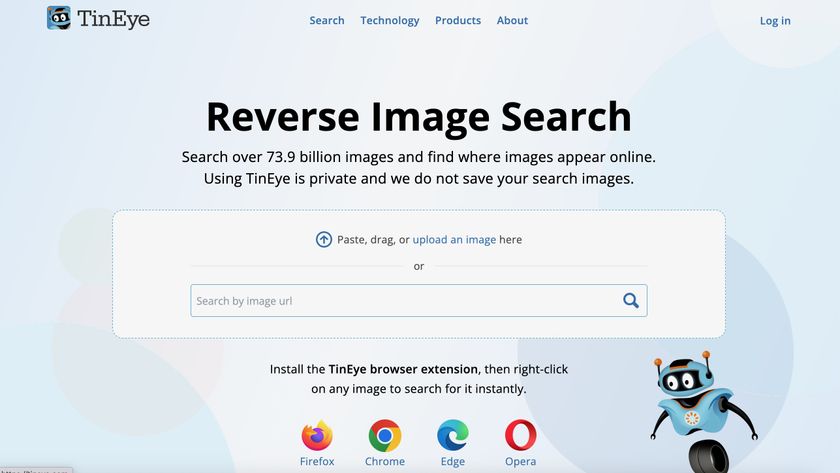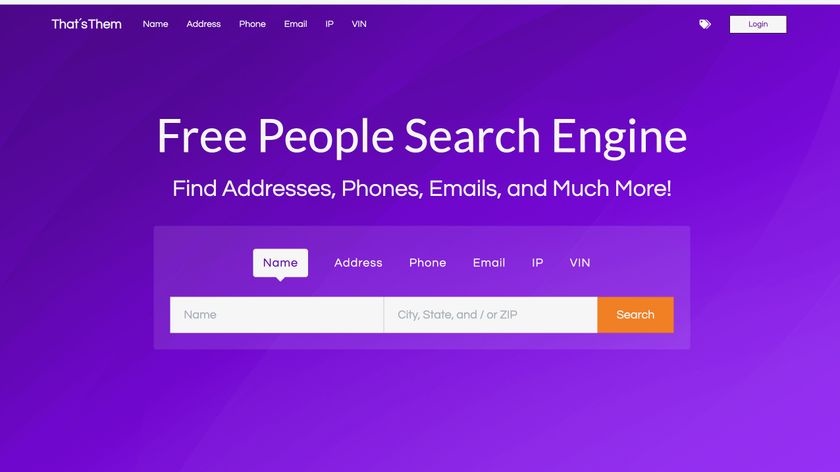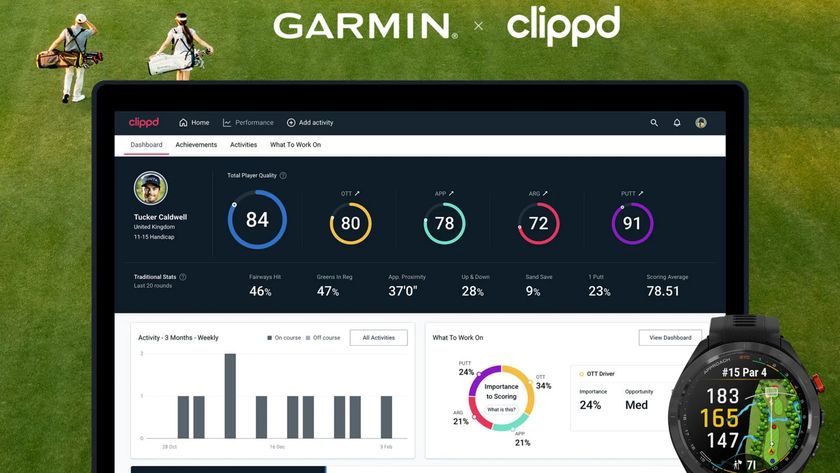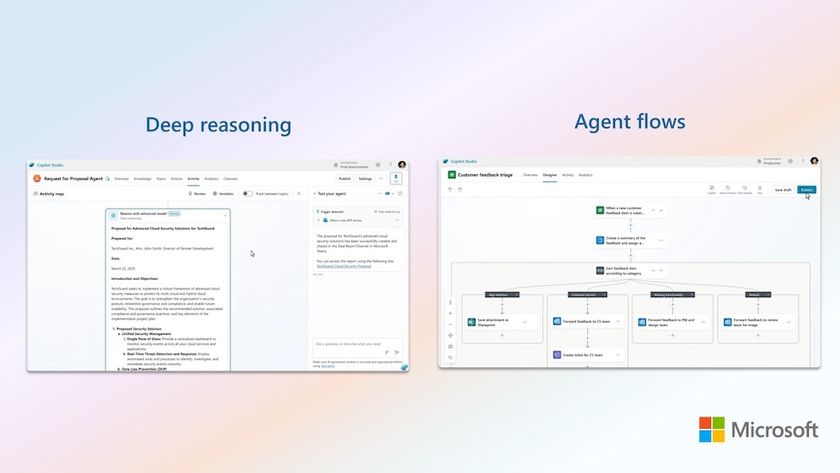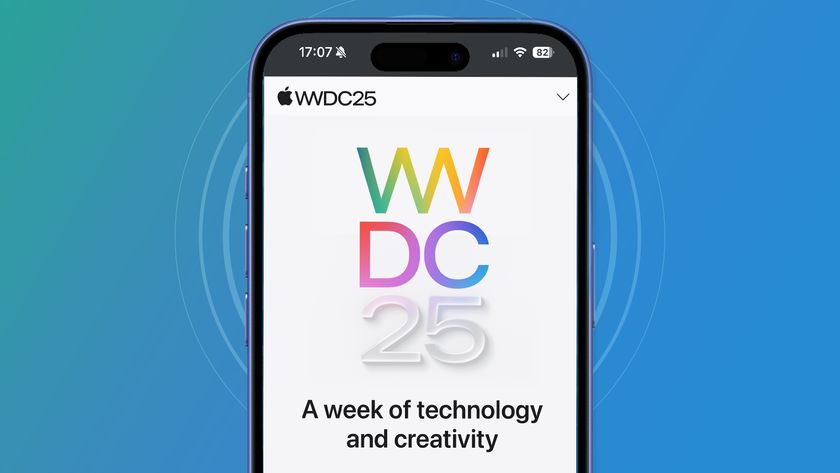Recruitment software: changing the way your company hires
How software is improving the end-to-end recruitment process

Amy Wilson is vice president at Workday and sets the strategic direction for Workday's Human Capital Management solutions. Prior to Workday, Amy spent more than a decade focused on the intersection of people, business, and technology.
The current recruitment software market is full of bolt-on applicant tracking systems (ATS) surrounded by high value edge applications in the areas of social sourcing, candidate relationship management, referrals and analytics. but companies are looking for a more unified solution.
Tech Radar Pro: How is the recruitment software market changing?
Amy Wilson: There is a high degree of churn as organisations are becoming more dissatisfied with their compliance-based ATS and companies begin to experiment with various edge applications, hoping to gain a strategic advantage. The move away from compliance-based ATS means that companies are now looking towards a more unified solution. This does not just mean HR and recruiting, but also includes the high value edge applications like analytics.
It used to be unusual if you could see jobs and search on mobile devices, and completing a full application on a mobile device was almost unheard of. What we're seeing with the recruitment software market is that as people become comfortable with typing on smartphones, mobile recruiting applications are becoming more important than ever. Now you can apply for jobs on mobile sites simply with a LinkedIn log-in for example, making things quicker and easier for the candidate.
TRP: Why is it important to develop a recruiting platform from a "blank sheet of paper" as opposed to acquiring an Applicant Tracking Systems (ATS)?
AW: Organisations have been telling us for some time that their ATS were not meeting their needs. They were clunky and feature-laden, but didn't fulfill the daily needs of the business. They were designed for recruiters to track applicants in a compliant manner, but were disconnected from other important people practices such as internal mobility programmes, new hire onboarding, headcount and workforce planning. And forget about having anyone but a recruiter use the system – they are simply not designed for full participation and collaboration across the hiring team.
Are you a pro? Subscribe to our newsletter
Sign up to the TechRadar Pro newsletter to get all the top news, opinion, features and guidance your business needs to succeed!
It's essential that recruitment software is not built in the same way as the old ATS. Businesses want to make the most of the newest technologies, and be offered a solution that solves all their sourcing and recruiting needs.
TRP: Why has participation and collaboration become so important in the modern recruitment process?
AW: Recruiting is a "team sport", with every employee playing the role of recruiter, which means that sourcing is a collaborative process. Hiring managers need to share prospects and referrals with the recruiter, and recruiters need employees to use their social networks to identify prospects. Hiring managers need early feedback from their team on upcoming candidates. Fundamentally, the entire hiring team needs to collaborate on interviews and final conclusions.
The software must be dynamic, with flexibility and collaboration at its core. Hiring teams need the freedom adjust steps in the recruiting process. The demands of businesses change at different rates, so it's important that modifications are in line with the pace of change in the organisation.
Armed with many devices in different locations, the hiring team needs to collaborate throughout the application process. It's vital that any silos are eliminated to ensure the team can work together easily and quickly.
TRP: Clearly mobile accessibility is another key factor if software is to be a success with a mobile-enabled workforce. But why has it become such a significant part of the end-to-end recruitment process?
AW: As engagement with mobile devices in the workplace grows, we are moving towards a world of touch screens. Decisions are made 'on the move', with recent figures showing that 72 per cent of active candidates view company careers sites on their mobile device. This is the preferred way for candidates to search for jobs, so it will come as no surprise when I say that recruitment software must now be designed with a "mobile first" mentality.

Désiré has been musing and writing about technology during a career spanning four decades. He dabbled in website builders and web hosting when DHTML and frames were in vogue and started narrating about the impact of technology on society just before the start of the Y2K hysteria at the turn of the last millennium.
